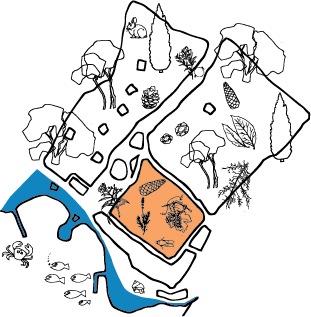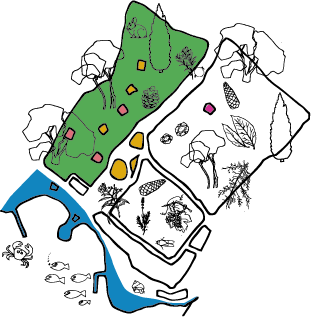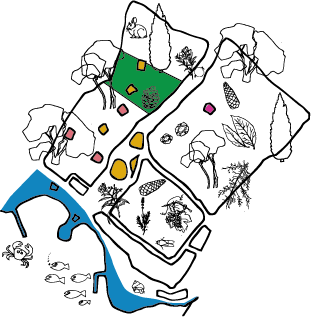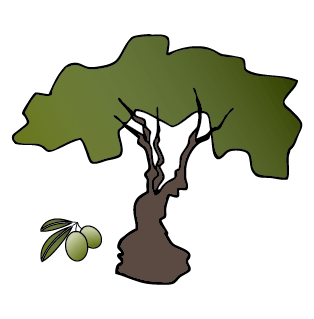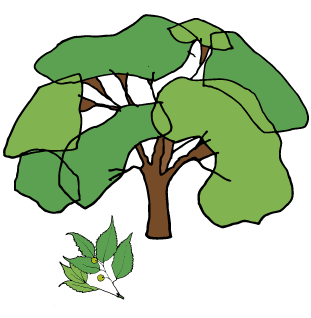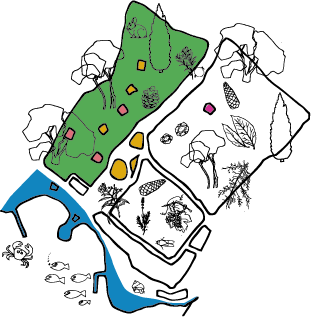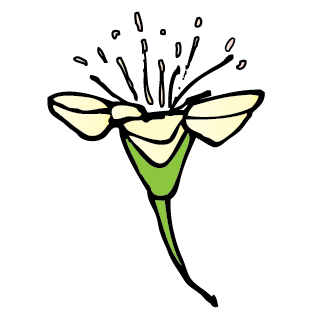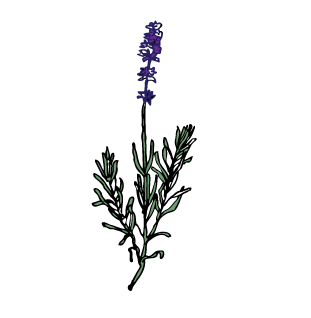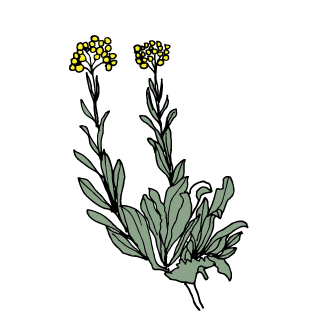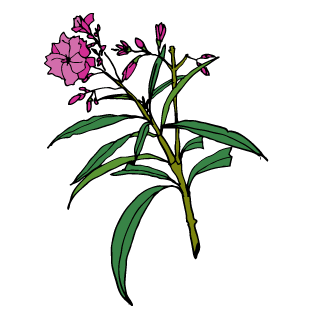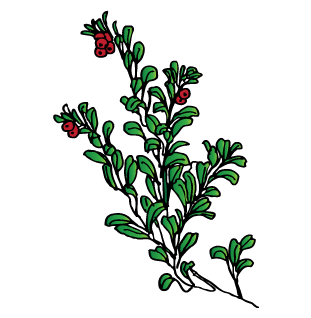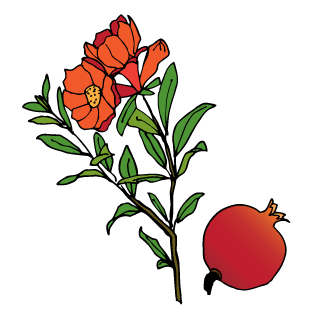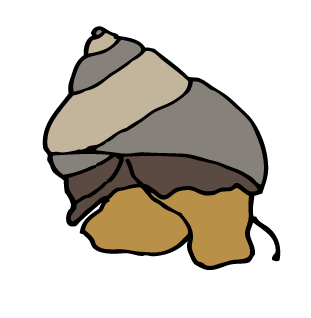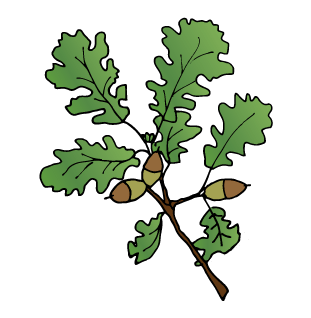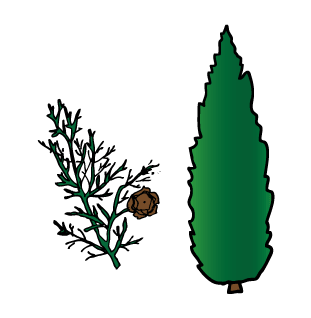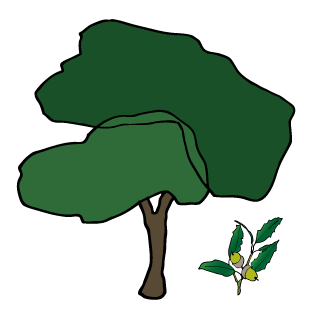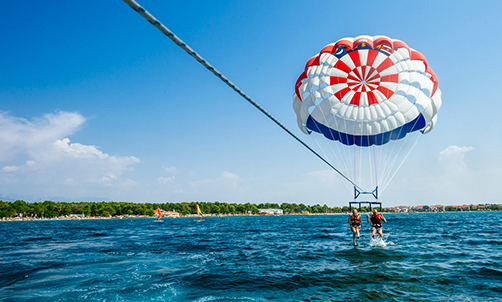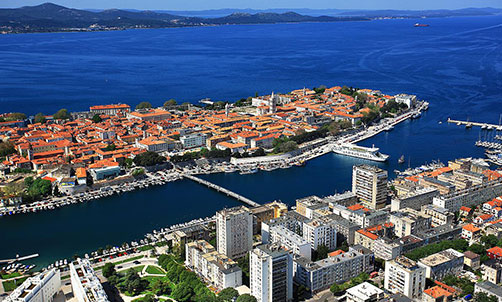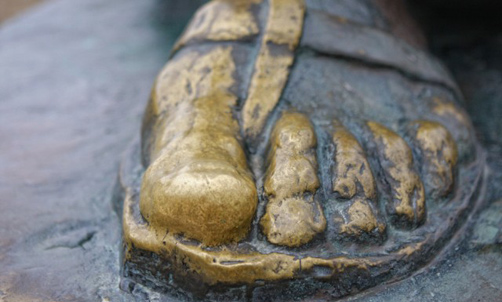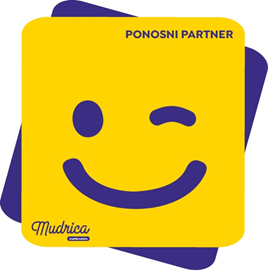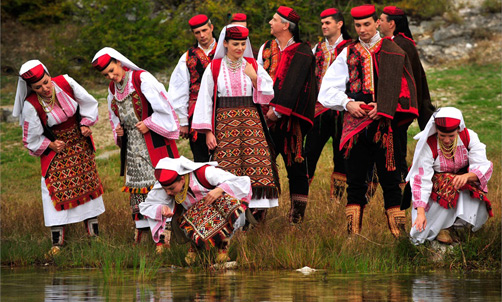
UNESCO’s List of Intangible Cultural Heritage in Dalmatia
Intangible, or what cannot be perceived by the sense of touch. Such cultural heritage does not refer to clearly visible sites, but rather to traditions, customs and rituals, knowledge and skills, performance arts, crafts, festivities that took generations to create, nourish and pass on to generations that followed.
They reflect diversity and uniqueness of a culture and society, invite people to be curious about different elements of intangible heritage and foster intercultural understanding. So, here is a list of traditions Croatia, and particularly Dalmatia, are especially proud of:
1. The Art of Making Lace
When looking at lace, one cannot but think of the hours of careful dedication and patience invested in its creation. The tradition of lacemaking has been preserved and passed on for centuries of generations in Croatia, and it takes years to master the craft. There are three types that stand out: Pag island, Hvar island and Lepoglava lace. Besides being used as ornaments on folks costumes and tablecloths, lace is also used for exquisite modern clothing.
2. Sinjska Alka Knights’ Tournament
Once a year the town of Sinj becomes the place where local honorable men compete as knights. It has been so since the 18th century. Basically, it represents a well-preserved event in which the whole community is actively involved months before it actually takes place. The stars of the tournament are the so-called alkars, the knights who ride a horse holding a lance towards an iron ring hanging on a rope. The winner is the knight who manages to hit the centre of the ring and score the most points.
3. Nijemo Kolo Dance
People in Dalmatian hinterland know how to dance. Even if there’s no music, which is precisely what nijemo kolo or ‘silent dance’ is all about. Two or more dancers (twenty makes it harmonious) gather, create the rhythm with their feet and they all dance together as a whole. This type of dance accompanies many traditional events and ceremonies, from fairs to weddings.
4. Traditional singing
Not one, but two types of traditional singing have been enlisted as UNESCO’s intangible cultural heritage: klapa singing and ojkanje. Klapa is a group of people who form a semicircle and perform a capella. This multipart singing is a favourite form of musical expression in Dalmatia and wider. Ojkanje is typical for Dalmatian hinterland and it refers to a specific technique - two or more singers ‘shake’ their voice in a particular manner in order to produce a unique singing style.
5. Mediterranean diet
Croatia is among 6 other Mediterranean countries which share the healthiest cuisine in the world. But it’s not only about food. It’s more to do with the way the food is produced, processed, preserved, prepared and then shared as a meal in a family or community.
6. Traditional processions
From carnival (Kastav region) to religious gatherings (Festivity of Saint Blaise in Dubrovnik) to processions (island of Hvar), these events are special for the community and preservation of traditions and customs. They generally invite people to actively participate or simply witness the customs that are unique to the region.
The way we were/are
Customs and traditions tell a story about the way people used to live and how they shared common interests and skills. They are unique elements of a particular culture and society. By witnessing such intangible cultural heritage, visitors in Dalmatia not only get an insight into something interesting and new but also a better understanding of the lifestyle of Dalmatian people.
Image source: https://goo.gl/ifVbUZ

